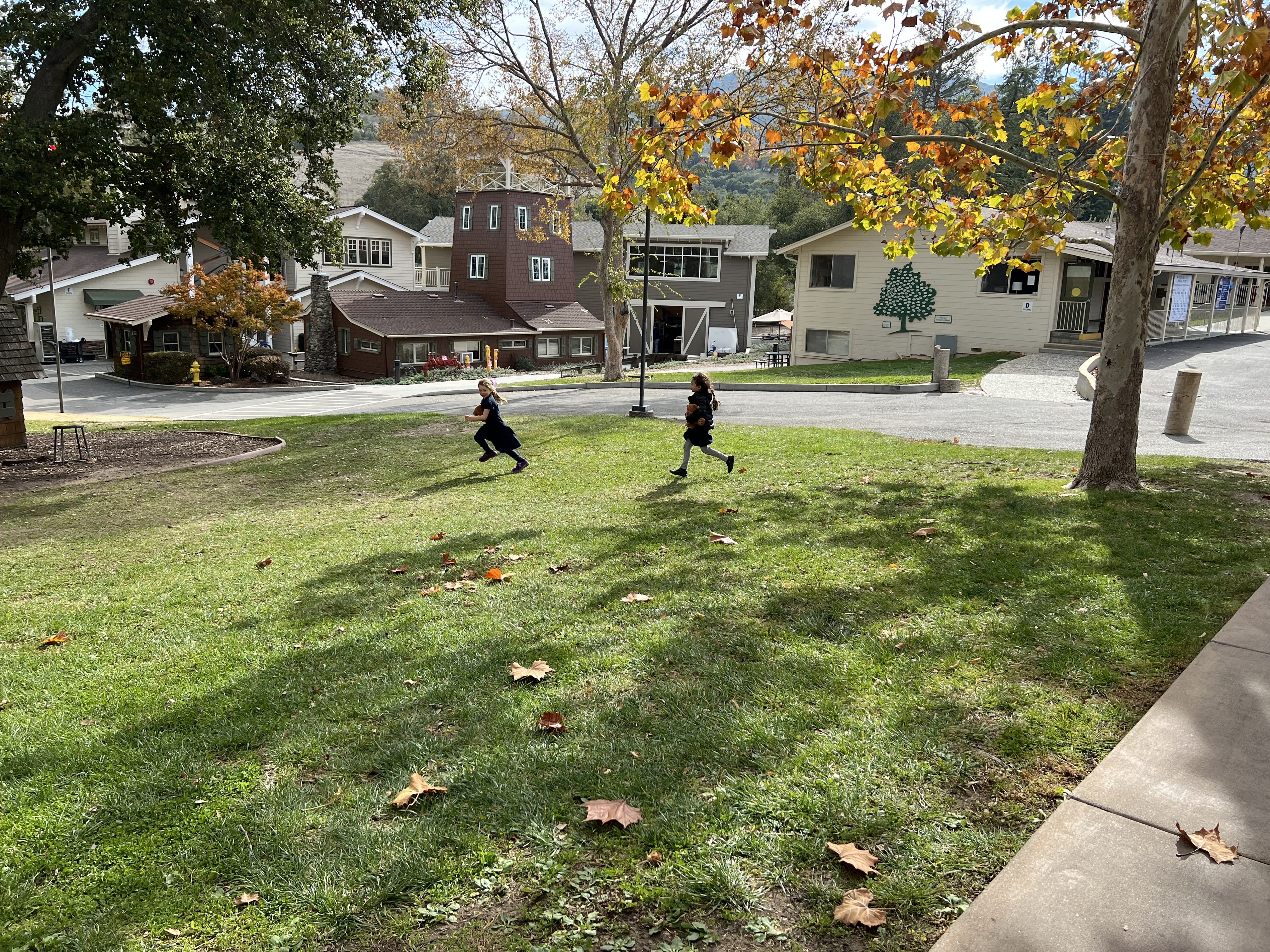Welcome to our Curriculum Connections! This is your weekly periscope into classes across campus – we’ll share new learning, challenges, accomplishments, and commentary from students in Lower and Middle School. Enjoy!
The Skin We’re In: JK Explorations in Identity and Self
“I have two Barbies at home; one is browner skin, like you, with long hair and the other is pinker, like me!” Junior Kindergarten social scientists are learning all about skin color, using playdough, words, stories, and art projects. This week they learned that melanin makes our skin have different shades and that each person has just the right amount of melanin for them. Students’ October self-portraits invite them to sit in a small group with a teacher and explore our extensive collection of skin-tone coloring sticks, to make their self-portrait feature the color they think matches their skin most closely. We will read and talk about the picture book, Our Skin: A First Conversation About Race. And students are finding lots of joyful connections to their home and school toys, to their friends’ and teachers’ skin tones, and to other ways we can talk about color with vivid language. Our study of history in Junior Kindergarten prepares students to find “windows” and “mirrors” as they learn about a wide range of changemakers in our world—past and present, local and global—all of whom had something that mattered to them and did something about it. This skin tone exploration of self and other is part of a year-long theme, building strong vocabulary and conceptual understanding so that all students can speak positively about how they are the same as, and different from, one another.
Shaping Our Strategies in 7th Grade Math
“A hexagonal circle?” “I called it a ferris wheel.” “I looked it up and I think that’s a dodecagon.” Seventh grade mathematicians are deep in a study of geometric problem-solving, learning terms and concepts behind various types of transformations, in both real-world and mathematical contexts. Whether describing dance moves from a card to a partner, or translating then rotating a shape on an isometric grid to find the image’s corresponding points, our Illustrative Math program continues our long-standing, approach to math: inviting students to develop their own language and approaches, then introducing new terms and formalizing procedures. In discussions of problem sets this week, teachers highlighted more efficient or precise ways of arriving at a correct answer, helping students connect their strategies and find errors. After finding one series of transformations that make a shape into a corresponding image, students with more time are challenged to solve the problem using no rotations, no reflections, or no translations. Activities like “Information Gap” given partner pairs different pieces of information, and a routine to practice asking one another well-crafted questions, so that together they solve a puzzle neither can solve with their own card alone. Students across seventh grade are building process skills (like attending to precision and clear communication) as well as content skills in an integrated and accelerated curriculum that weaves standards for 7th and 8th grade geometry and algebra together. Additionally, our “7 Intensive” students work at a pace that allows them to complete and present a set of problems each week from Exeter Academy’s integrated mathematics curriculum. On Wednesday, when a student said, “I have no idea!”, their teacher replied, “A way to figure that out is you try it; there’s no way you can know off the top of your head. So try it out, and if it doesn’t work then you have evidence to show. If it does work, that’s a good idea to explore it more.”
